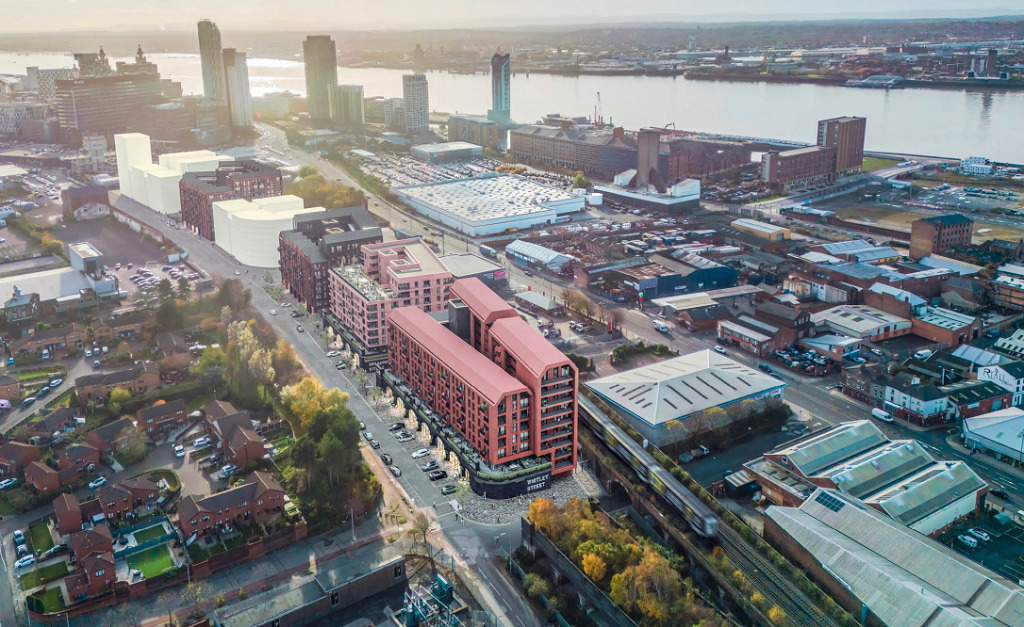RESOURCE | Meeting Housing Needs in National Parks
 It has been well documented and is high on the political agenda that we are clearly in need of more land to provide us with quality, affordable housing, writes Dan Mitchell.
It has been well documented and is high on the political agenda that we are clearly in need of more land to provide us with quality, affordable housing, writes Dan Mitchell.
Many people presume that this is just affecting towns and cities, however, National Parks are no exception and there is an ever pressured need to provide the right housing opportunities for those families that live and work in the Parks. Here in the North West, we are surrounded by The Peak District, The Lake District, Snowdonia and The Yorkshire Dales, areas that should carefully balance the need to protect landscapes whilst meeting future housing needs. So, what are the implications for such sensitive locations?
Despite what some people might think, these are not areas scarce of people and enterprise. According to the association ‘National Parks England’, over 320,000 people live in National Parks and they are home to 22,500 businesses. Therefore, we need to take in to account their requirements in a way that respects the special qualities of a National Park designation, and this requires cautious and thorough planning. National Park Authorities need to make sure they work with businesses, land owners and local communities to drive and maintain sustainable development.
Approximately 89% of planning applications are approved by National Park Authorities, compared to 87% for England as a whole and a significant amount of work goes into providing early advice and support to ensure applicants deliver high quality housing that is in keeping with its surroundings. The quality environment in these Parks has to be sustained, to ensure they retain their value for residents, tourism and local businesses; all those that can and will benefit socially and economically from being in these wonderful locations.
So long as our population continues to grow, National Parks cannot stand still, they have to evolve with people, but the balance of that evolution is important. We recently helped Wharfedale Homes secure planning permission for 60 homes in the North York Moors National Park. This scheme in Helmsley is one of the largest residential permissions inside of any UK National Park for the last 50 years and by working closely with the local Park Authority we have now secured two permissions inside of 18 months and in advance of the Helmsley Development Plan.
The site lies to the east of the historic market village on land owned by the Duncombe Park Estate and represents a bespoke design of houses constructed from local materials. It is designed to integrate with the existing architecture of this historic market town and is of an exceptionally high quality.
Planning for housing situated in any National Park has significant challenges, but by working closely with The North York Moors National Park Authority, we presented a carefully designed scheme that did not have adverse implications for the special landscape designation of the National Park. Obviously, its setting required a sensitive approach and as a result the Park Authority welcomed the scheme, recognising the benefits of providing new homes to meet the future housing needs of local people as well as supporting economic growth across the Park Authority.
To meet the housing needs of those living there, we must continue to ensure that a different planning approach is used in National Parks to elsewhere, recognising, quite rightly, their sensitivity. In addition to this, house prices are usually higher in National Parks, and the English National Park Authorities must concentrate on adopting policies to specifically address the shortage of affordable homes.
This article was originally published through Place Resources




